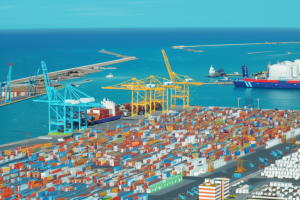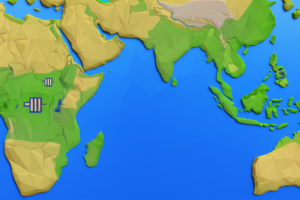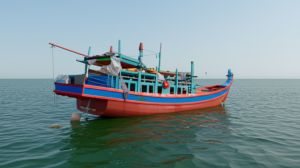The user wants a detailed analysis and professional report of over 1000 words based on the provided headline: “Malaysia’s ageing navy to get major upgrade with five new combat and three mission ships, says deputy defence minister”.
I need to break down this task into several steps:
* When was this announcement made?
* Who is the Deputy Defence Minister who made the announcement?
* What types of combat ships and mission ships are being acquired? (Specific classes, capabilities?)
* What is the current state of the RMN fleet? (Examples of ageing ships?)
* What are the reasons for this upgrade? (Regional security environment, strategic needs?)
* What is the significance of this acquisition? (Impact on RMN capabilities, regional balance, domestic industry?)
* What is the timeline or plan for the acquisition? (Procurement process, delivery schedule?)
* Are there any challenges or controversies associated with this plan? (Funding, past procurement issues like LCS?)
* 开头吸引读者 (Engaging opening): Set the scene, perhaps highlighting the strategic importance of the sea or the challenges of an ageing fleet.
* 设定小标题 (Use subheadings): Throughout the report.
* 正文逻辑递进,层次分明 (Logical progression, clear layers): Discuss the current situation, the announced plan, the details of the new ships (if available), the strategic rationale, and the potential impact.
* 结尾有力总结,令人回味 (Powerful, memorable conclusion): Summarize the key points and offer a forward-looking perspective.
* Opening: Start with the vastness and strategic importance of Malaysia’s maritime domain and the constant need for vigilance, linking it to the role of the navy. Introduce the problem of the ageing fleet and the recent announcement as a crucial step forward.
* Subheading 1: 老兵迟暮,守卫者的挑战 (Ageing Veterans, The Guardian’s Challenge): Describe the current state of the RMN, highlighting the age of some vessels and the operational challenges this poses. Mention the increasing complexities of the regional maritime security environment (e.g., South China Sea, piracy, illegal fishing).
* Subheading 2: 扬帆起航,新舰擘画未来 (Setting Sail, New Ships Chart the Future): Introduce the core announcement – the acquisition of five combat ships and three mission ships as stated by the Deputy Defence Minister. Name the minister and the date if possible from search results.
* Subheading 3: 新锐力量:它们是谁? (New Power: Who are They?): Detail the types of ships being acquired if the search provides specifics. Discuss the *purpose* of combat ships (defence, deterrence) and mission ships (patrol, surveillance, logistics, disaster relief), even if specific classes aren’t named. Emphasize the enhanced capabilities they will bring (modern sensors, weapon systems, endurance).
* Subheading 4: 战略考量:为何此刻升级? (Strategic Considerations: Why Upgrade Now?): Explain the reasons behind the timing and scale of the upgrade. Connect it to regional dynamics, Malaysia’s maritime claims, the need to protect sea lines of communication, and potentially boost the domestic defence industry.
* Subheading 5: 前路挑战与希望 (Challenges and Hopes Ahead): Acknowledge potential hurdles like funding, project management (learning from past issues like LCS), training personnel for new platforms, and integration into the existing fleet. Counterbalance this with the long-term benefits and the renewed confidence the upgrade brings.
* Conclusion: 逐浪前行,蓝色国土的坚盾 (Sailing Forward, The Sturdy Shield of the Blue Homeland): Reiterate the significance of this upgrade for Malaysia’s security and sovereignty. End on a hopeful and strong note about the RMN’s renewed capability to protect the nation’s maritime interests.
* Ensure the language is engaging, avoids jargon where possible, or explains it simply.
* Check for logical flow and smooth transitions between sections.
* Verify that the word count is over 1000 characters (this usually translates to a good number of words in Chinese, but I should aim for substantial content).
* Ensure all instructions are followed: no big title at the start, subheadings used, no English words, Markdown format, no greetings/sign-offs, no source list.
* Integrate details from search results naturally into the narrative.
Search Queries to Generate:
Let’s start by executing the search queries to get the necessary information.




